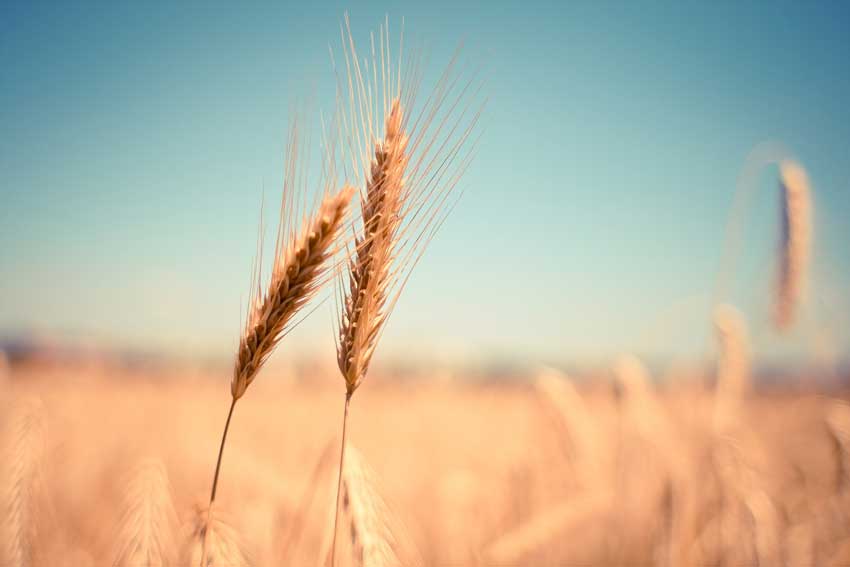
HEALTH & WELLNESS
The news is out, spent grain has officially gone greener . . .
Yes, you heard correctly. Not only can you now enjoy your beer, but you can also bake with it, garden with it, feed it to your chickens, or, even use it for that creative piece of art you intend to win the New York Art Fest with.
Everyone frowning? – Don’t know what spent grain is about?
No fret. We are here to teach you all about it.
WHAT IS ‘SPENT GRAIN?
Remember the times you visited grandpa’s farm during harvests and all those grains pouring into large trucks? Thousands of tons of grain are transported from farms like his to craft beer breweries every day. From these grains are subtracted all the essentials to making beer, such as nutrients, sugars, proteins – while the by-product after extraction is called malt. It’s these by-products (spent grain) we are interested in.
Breweries in the US spent $221 million on fuel, oil, natural gas, coal, and electricity in 1994, according to Christina Galitsky et.al. Fuel, oil and coal that pollutes the air. To combat this issue and lessen their impact on the environment, beer brewers got crafty and built a biomass steam boiler, fueled entirely by spent grain.
“Innovative?” – Indeed.
But it didn’t stop there. Various other unique ideas and techniques to use spent grain instead of dumping it, where developed. Among them is using it to fertilize gardens, feed farm animals, and cooking.
HOW NUTRITIOUS IS SPENT GRAIN?
One would think that after the extraction process, spent grain would have no nutritional value, right? The opposite is true. Although a lot of nutrients are extracted, various elements such as proteins and fiber are left behind, established Crawshaw in their 2004 publication.
“Due to the high fiber and protein content, including essential amino acids present in Brewery Spent Grains (BSG), it became widely used as animal feed,” say Ajanaku and his research team. “We further investigated the nutritional value of using BSG in cookies and found the addition of brewery spent grains to have significantly improved the nutritional properties of the cookies with up to 6%.” (K.O. Ajanaku et al., 2011)
Food enthusiast, blogger at MetaCookBook and biology degree holder, Natasha says, “basically, when dried, milled into a flour, then baked into bread, the fiber content of the bread was doubled. On top of that, the overall protein level increased by 50 %, and the essential amino acids were increased by 10 %. Finally, the calories were decreased by about 7%.”
“Spent grains do impart a nutty flavor, give great texture, and can be used to create an impressively diverse range of bakery-fresh treats,” says Emily Weiss.
This is great news. Not only are there new possibilities to aid in ensuring a sustainable future for the generations to come by using BSG as an alternative energy source, for culinary purposes or as fodder, but we know that it’s good for us as well if used as a food source.
SUBSCRIBE TO
FDN LIFE NEWSLETTER!
Join our mailing list to receive the latest news, information, and special offers.


